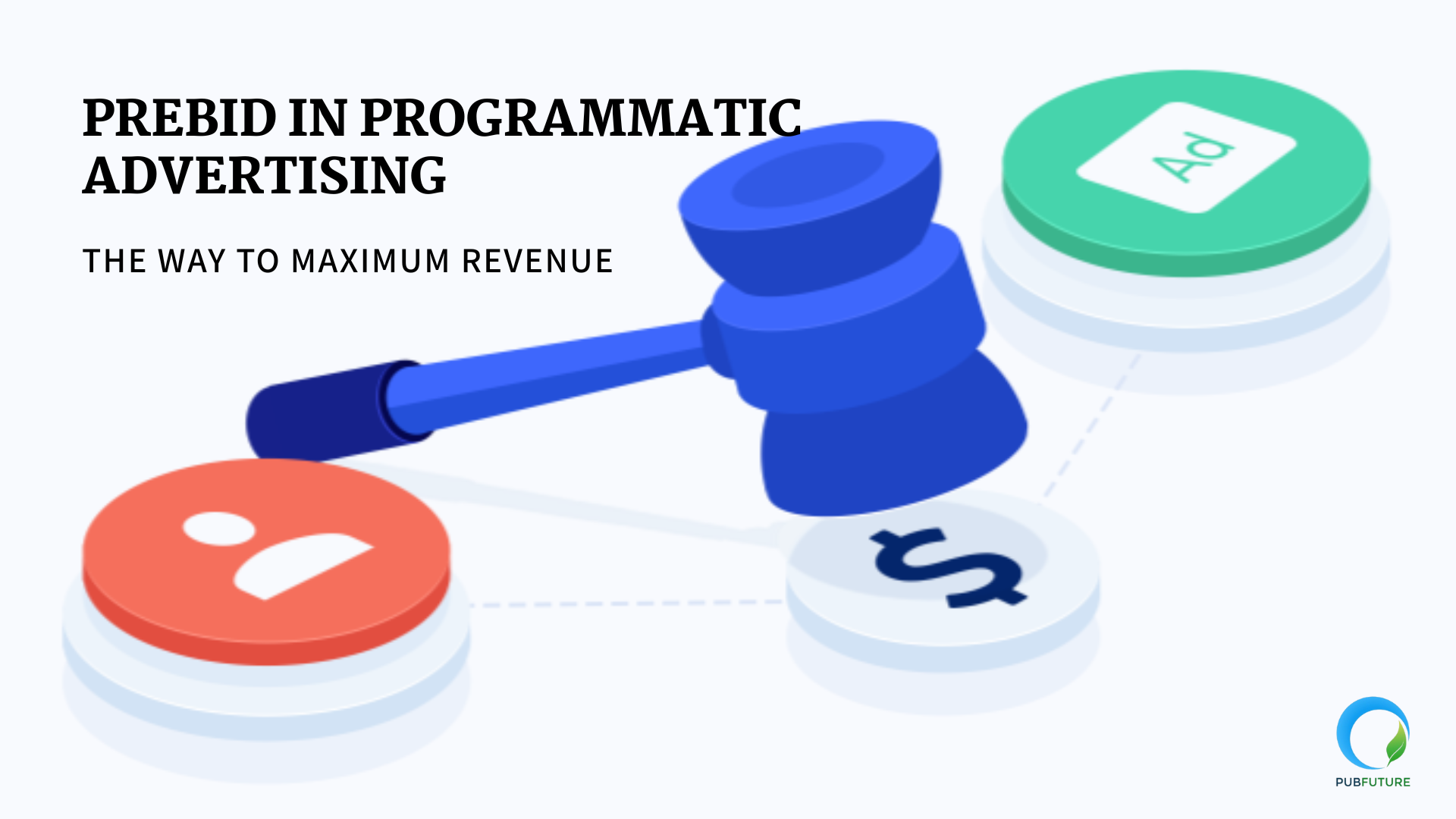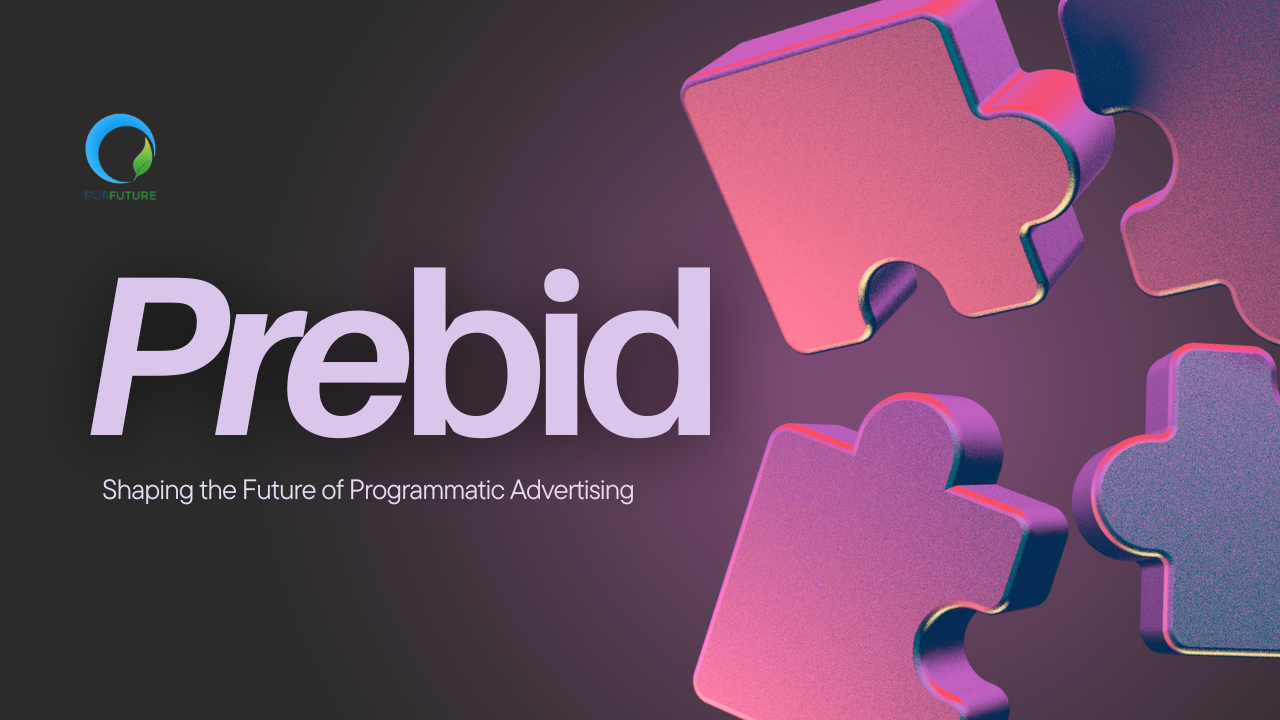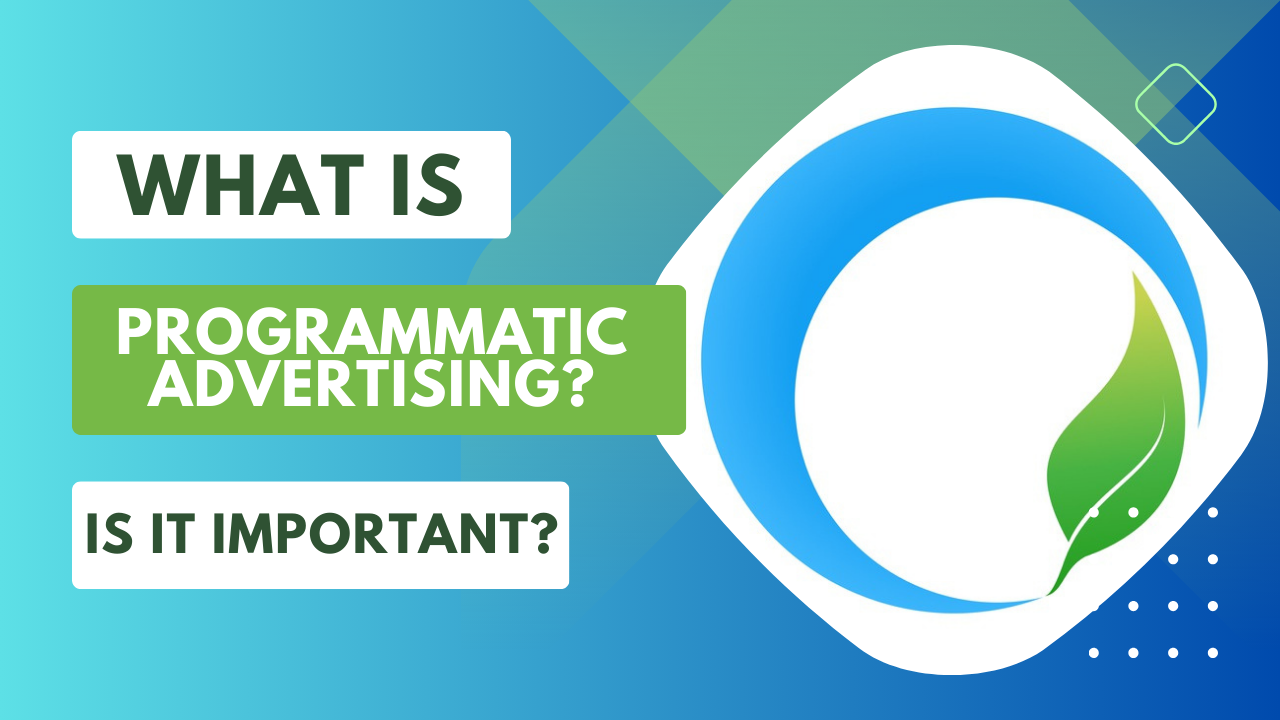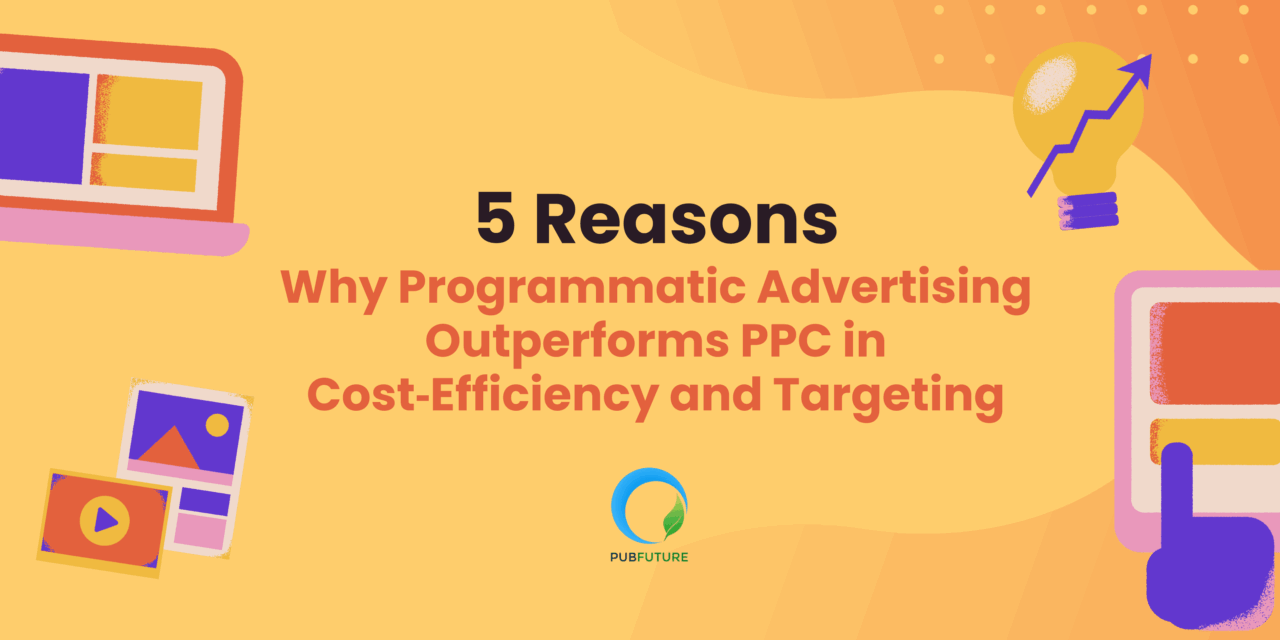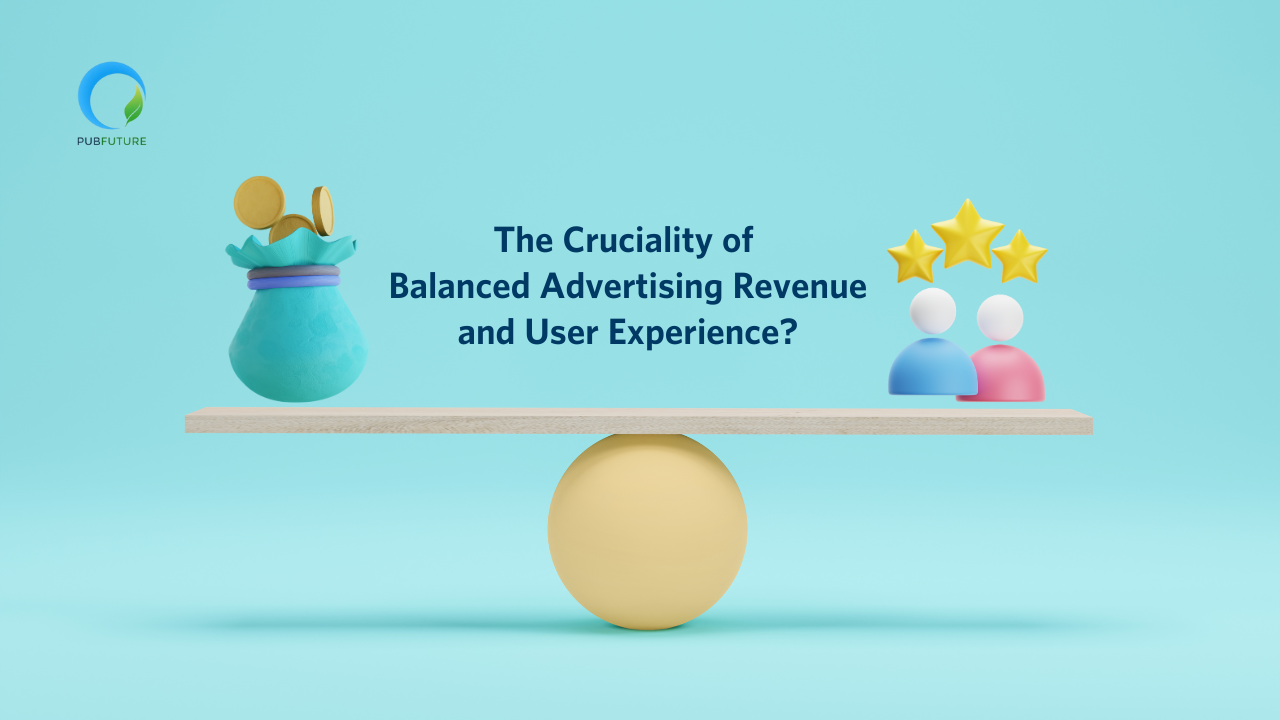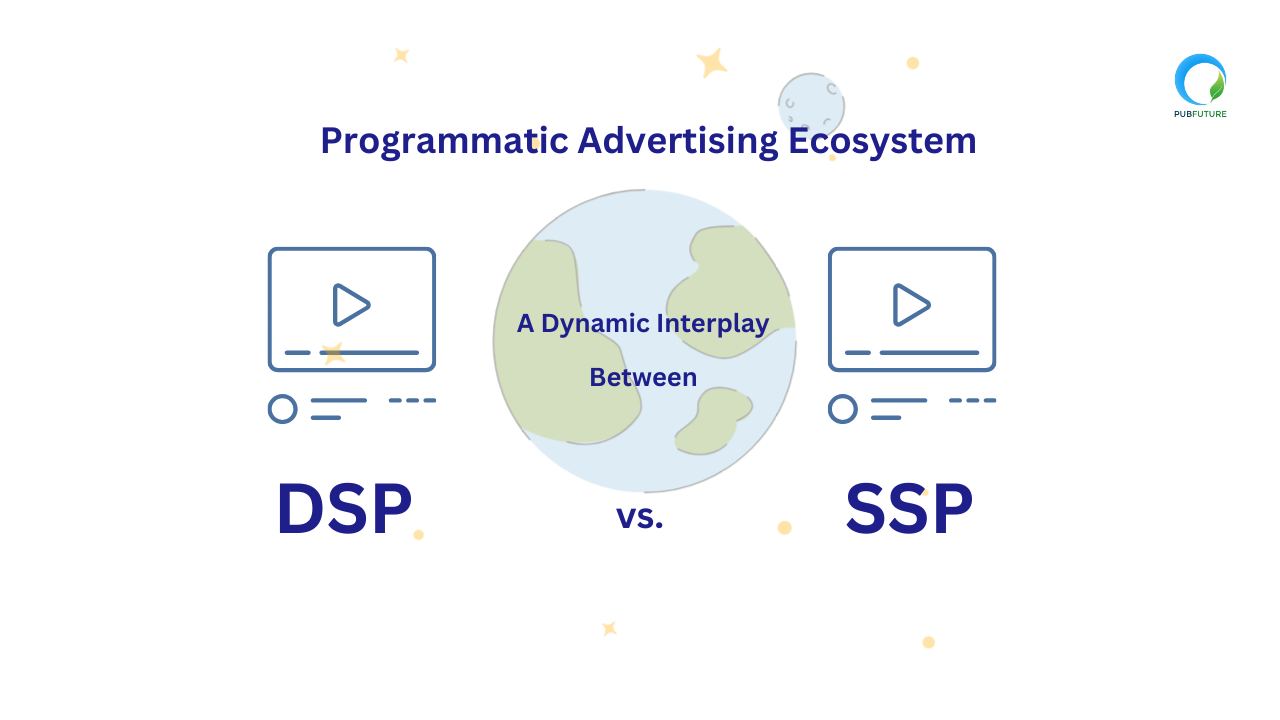Programmatic advertising has become the backbone of digital monetization. For publishers, Prebid.js is one of the most widely used open-source header bidding solutions. But simply installing Prebid isn’t enough—you need to optimize it.
This guide will walk you through how to optimize Prebid in programmatic advertising step by step. You’ll learn best practices, advanced tips, and strategies to maximize revenue while ensuring the best user experience.
1. What Is Prebid and Why Optimization Matters
Understanding Prebid.js
Prebid.js is an open-source header bidding wrapper that allows publishers to connect with multiple demand partners simultaneously. Instead of relying on a single ad network, it creates a fair auction, driving higher CPMs.
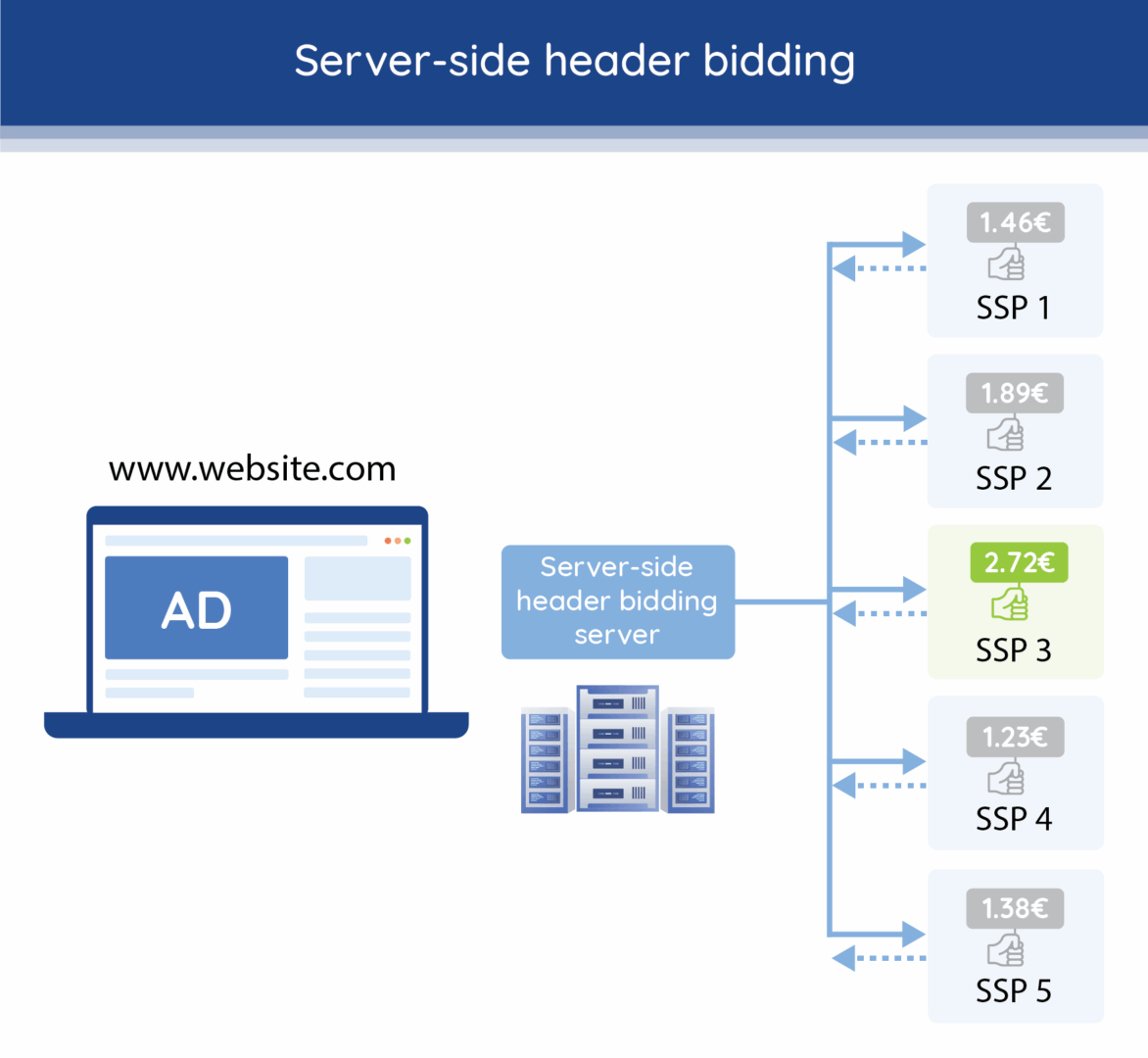
Why Optimization Is Critical
- Revenue Impact: Poorly configured Prebid setups lead to lost bids and lower CPMs.
- User Experience: High latency from too many bidders can slow page loads.
- Competition: Optimized Prebid ensures you capture maximum advertiser demand.
2. Key Factors That Influence Prebid Performance
Ad Latency and Page Speed
If Prebid takes too long to call demand partners, ads may fail to render. This impacts viewability and user experience.
Timeout Settings
Timeouts determine how long Prebid waits for bid responses. Too short = lost bids. Too long = slower page load.
Bidder Count and Partner Selection
More bidders don’t always mean better results. Sometimes a smaller, curated set of partners provides faster auctions and higher fill rates.
Device and Platform Differences
Mobile users expect instant loading. Optimizing Prebid for mobile ad formats requires different timeout and placement strategies compared to desktop.
3. Step-by-Step Guide to Optimizing Prebid
3.1. Configure Timeout Settings Properly
- Default timeout: 1,000ms (1 second) is common.
- Test different settings using A/B testing.
- Balance between response time and user experience.
👉 Pro Tip: Use analytics to check bidder response times, then adjust timeouts accordingly.
3.2. Curate the Right Demand Partners
Not all demand partners are equal. Focus on:
- Partners with strong fill rates in your GEO.
- Advertisers relevant to your vertical.
- Partners with fast response times.
3.3. Optimize Ad Unit Setup
- Match ad formats to content (display, video, native, …).
- Use responsive ad units for mobile.
- Implement lazy loading to reduce page weight.
3.4. Leverage Analytics and Reporting
- Use Prebid Analytics Adapters (Google Analytics, custom BI dashboards).
- Track CPM, latency, bid win rates, and revenue per bidder.
- Remove underperforming partners.
3.5. Implement Server-to-Server (S2S) Bidding Carefully
- Benefits: Lower latency, better scalability.
- Risks: Lower match rates vs. client-side bidding.
- Hybrid setups (client + server) often deliver the best results.
4. Advanced Optimization Techniques
4.1. Header Bidding with Prebid Server
- Offload auctions to server infrastructure.
- Improves speed for mobile and video-heavy sites.
- Requires technical expertise to configure.
4.2. Price Floor Optimization
- Set dynamic price floors to avoid undervalued bids.
- Test and adjust floors by GEO, format, and time of day.
4.3. Ad Refresh Strategies
- Refresh ads based on user activity (scroll, engagement).
- Avoid auto-refresh without user interaction (may violate policies).
4.4. Identity and Cookieless Solutions
- Integrate Unified ID 2.0, LiveRamp ID, or ID5 for better targeting.
- Increases bid value when cookies aren’t available
5. Common Mistakes to Avoid
- Too Many Bidders: Increases latency, reduces UX.
- Not Testing Timeouts: Leads to lost revenue.
- Ignoring Mobile Optimization: Many publishers set desktop rules for mobile users.
- Overlooking Analytics: Without data, you can’t refine performance.
6. Final Takeaways and Actionable Tips
- Always test and iterate: What works for one site may not work for another.
- Use data-driven decisions: Monitor bidder response times, CPMs, and fill rates.
- Focus on user experience first: A fast-loading site leads to higher engagement and ad revenue.
👉 Want to learn more about monetization beyond Prebid? Check out our guide on Best Strategies for Publishers to Monetize Adblock Users and Boost Revenue.
Conclusion
Prebid is powerful, but optimization is where real results come from. By refining timeouts, curating demand partners, improving ad formats, and leveraging analytics, publishers can maximize revenue while keeping users happy.
When done right, Prebid optimization in programmatic advertising ensures that you stay ahead in an increasingly competitive digital ad landscape.




